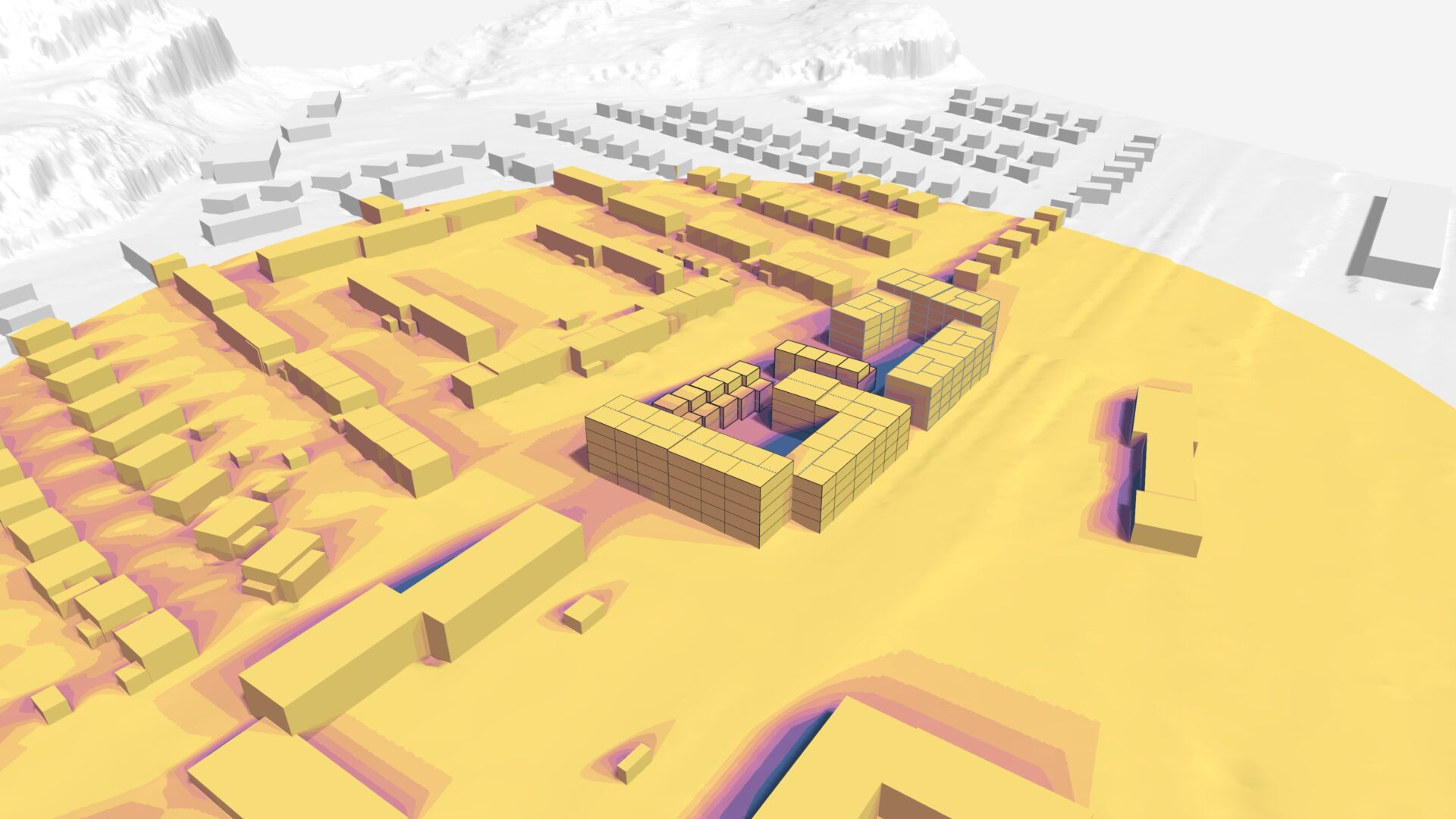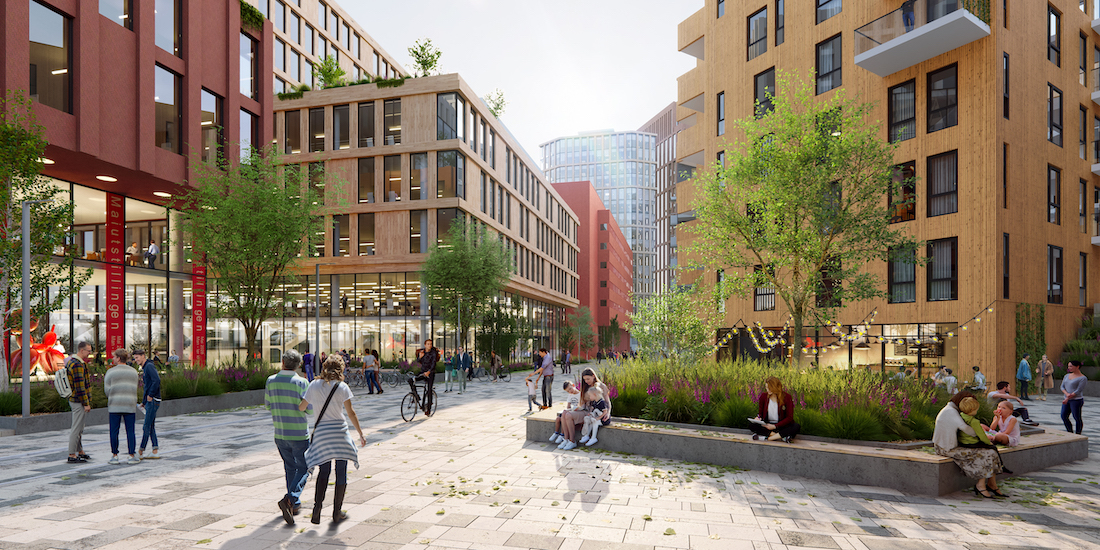How to buy
Privacy | Do not sell or share my personal information | Cookie preferences | Report noncompliance | Terms of use | © 2023 Autodesk Inc. All rights reserved

As architects, engineers, and scientists, we are called to reimagine the future. The need to move to zero carbon, regenerative economy is undisputable, and climate change is descending upon us. We have been trained to imagine the future and build the imagined. But are we well equipped to design a future in which we will…
Customer Stories

Executive summary A leader in sustainable solutions, AFRY is one of Europe’s largest engineering and design firms. Offering services across markets including infrastructure, industrial, and decarbonisation initiatives, its 19,000-strong team works on projects in more than 100 countries around the world. And with such a strong focus on environmentally conscious developments, AFRY was the natural…
Customer Stories

The three-story structure at 311 Third St. was built in 1920 and has been home to various businesses. In 1984, architects David Lake and Ted Flato established their firm on the second floor of this historic building and ever since they have expanded their workspace steadily to take over the entire structure. They soon got…
Customer Stories

An empty plot of land in West Oakland, California, will soon transform into The Phoenix that will consist of 316 affordable and sustainable homes. MBH architects, Factory_OS and Autodesk have teamed up, leveraging AI and other new technology and materials, to ensure that this project will be built at about half the cost, time, and carbon…
Customer Stories

Executive summary * Japan’s largest architectural firm Nikken Sekkei is accelerating its efforts to lower the environmental impact of its projects, recognizing that its architectural designs ‘are expected to account for nearly 4%’ of greenhouse gas emissions from Japan’s commercial and residential sectors. * With the new and evolving Rhino + Forma integration, the team sees potential in…
Customer Stories

Executive summary * A global leader in design and engineering, Arcadis is advancing its sustainability ambitions to become a net zero company by 2035. Doubling down on these efforts demands new ways for architects to integrate and scale up sustainable design in every project and navigate the increasing complexity of the built environment. * As such, the…
Customer Stories

In this second video featuring Nordic Office of Architecture, Knut Ramstad shares how Forma has enhanced the firm’s data-driven and collaborative way of working, starting at early phase design. Led by its mission to shape thriving societies, Nordic Office of Architecture works with projects of all scales across the globe. Their team comprises of 500…
Customer Stories

The Forma team meets Lucile Poirot from Club to chat about pioneering the use of new digital tools, how automation frees up more time for creative exploration, and how Forma empowered them to take on larger projects and help grow the business. Lucile, what’s your role at Club? I’m an architect and general engineer at…
Customer Stories

Urban projects always involve diverse stakeholders, from politicians to developers, engineers, and contractors—all bringing their own goals and perspectives to the table. For this reason, it’s critical to establish trust and cooperation from the outset. Oslo’s project—one of Europe’s urban renewal initiatives, a 4.25-square-mile (11-square-km) development—is still in the design stage but is moving rapidly…
Customer Stories

Executive summary: As cities feel the pressure to accommodate ever-growing urban populations, municipalities are looking to densify existing neighborhoods to build new housing. By repurposing existing structures and optimizing available land for urban development, urban densification aims to limit a city’s footprint, both physically and environmentally and enables infrastructure and amenities to be used more…
Customer Stories
How to buy
Privacy | Do not sell or share my personal information | Cookie preferences | Report noncompliance | Terms of use | © 2023 Autodesk Inc. All rights reserved